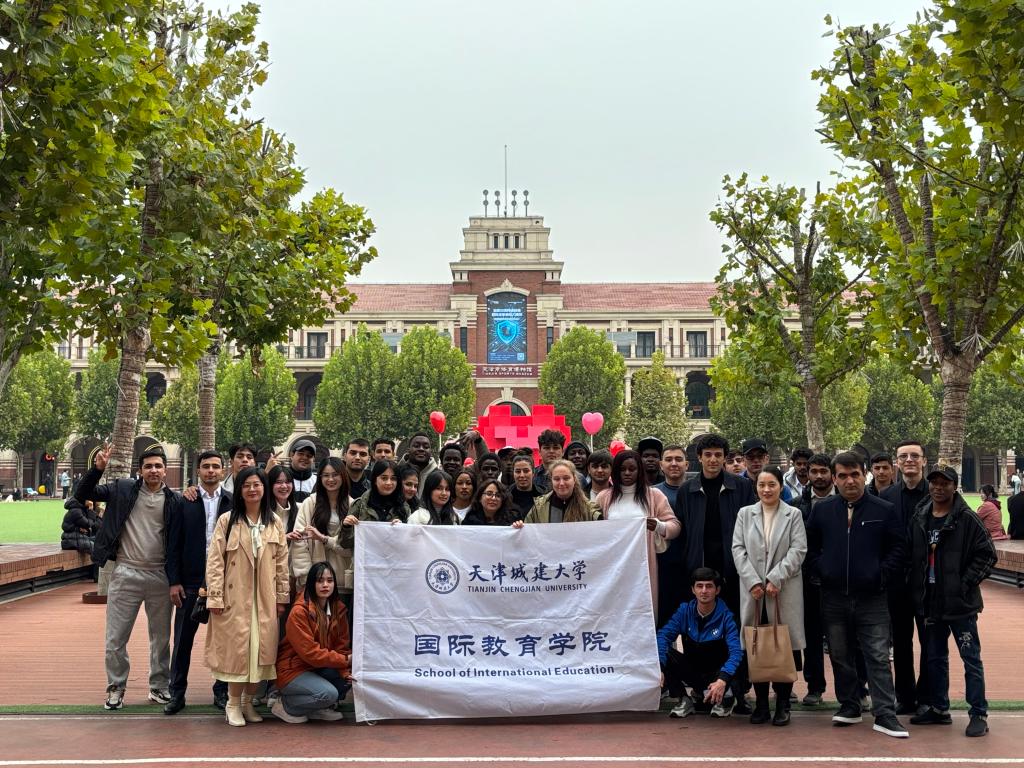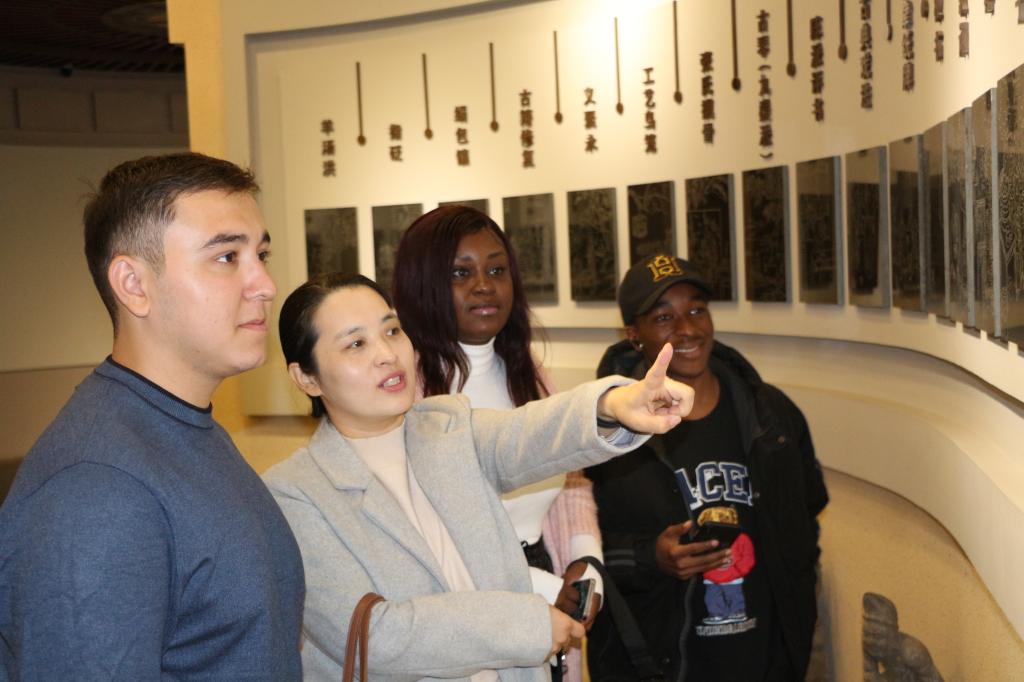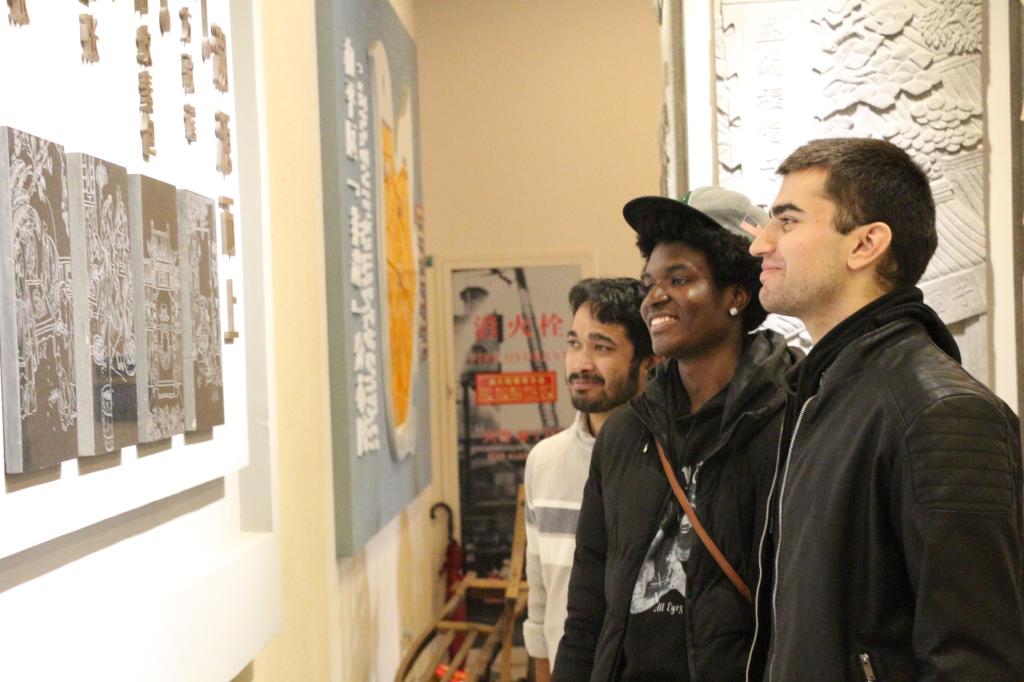Recently, School of International Education (SIE) organized over 30 international students from Tajikistan, Nigeria, Morocco, and other countries to visit the Intangible Cultural Heritage Exhibition Hall in Heping District, Tianjin. They participated in an immersive cultural practice activity themed “Tianjin Charm Conveys Emotion, Cultural Symbiosis.” This initiative aimed to deepen international students' understanding of China's outstanding traditional culture—particularly Tianjin's distinctive cultural heritage—through direct observation of intangible cultural heritage exhibits and interactive experiences. It further sought to foster exchange and integration between Chinese and foreign civilizations.

Centered around four core themes—“Tianjin Flavor,” “Artisanal Craftsmanship,” “Performing Arts,” and “Medical Traditions”—the museum showcased over 20 national and municipal-level intangible cultural heritage projects. These included the craftsmanship of Goubuli steamed buns, the hand-made shoes of Laomeihua, Yangliuqing New Year paintings, and the colorful clay sculptures of Niren Zhang. Guided by detailed explanations from Chinese language instructors, the students explored each exhibition area. Through physical displays, illustrated descriptions, and multimedia interactions, they gained a comprehensive, multi-faceted appreciation of Tianjin's intangible cultural heritage—its profound historical depth, exquisite craftsmanship, and rich cultural significance. The students expressed deep admiration, noting that these intangible cultural heritage projects not only represent the transmission of skills but also embody the Chinese people's unique pursuit of life aesthetics. They convey a reverence for nature and a hopeful vision for life, offering the students a more intuitive and profound appreciation of the vastness and depth of Chinese culture.



This “Tianjin Charm, Shared Culture” intangible cultural heritage practice activity not only provided international students with a platform to experience the unique charm of China's outstanding traditional culture up close but also subtly promoted in-depth exchange and mutual learning between Chinese and foreign cultures. Through hands-on experiences and interactive learning, the students' understanding of Chinese culture moved beyond superficial knowledge, gaining a deeper and more vivid comprehension and experience. Simultaneously, the event significantly strengthened the students' sense of identification and belonging with Chinese culture, laying a solid cultural foundation for their future studies and life in China.
SIE remains committed to cultivating high-caliber talents with global perspectives and cross-cultural communication skills. The successful hosting of this intangible cultural heritage practice activity represents not only an active exploration and innovative practice in cross-cultural education but also a profound implementation of the “cultural education” philosophy. Moving forward, SIE will continue to embrace innovative concepts, explore more creative cross-cultural education models, and strive tirelessly to cultivate outstanding international talents. It will contribute Tianjin Chengjian University's wisdom and strength to advancing cultural exchange and mutual learning between China and the world.